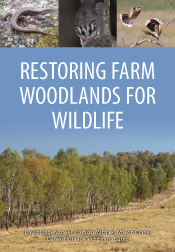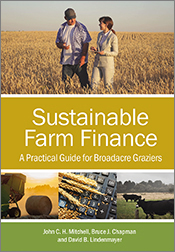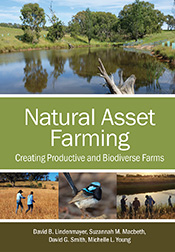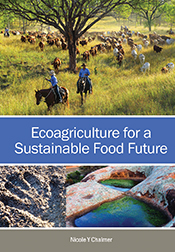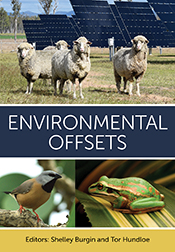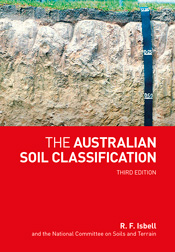Restoring Farm Woodlands for Wildlife
By: David Lindenmayer, Damian Michael, Mason Crane, Daniel Florance, Emma Burns
Featuring best practice approaches to restoration based on 19 years of long-term research.
Millions of hectares of temperate woodland and billions of trees have been cleared from Australia’s agricultural landscapes. This has allowed land to be developed for cropping and grazing livestock but has also had significant environmental impacts, including erosion, salinity and loss of native plant and animal species. + Full description
Restoring Farm Woodlands for Wildlife focuses on why restoration is important and describes best practice approaches to restore farm woodlands for birds, mammals and reptiles. Based on 19 years of long-term research in temperate agricultural south-eastern Australia, this book addresses practical questions such as what, where and how much to plant, ways to manage plantings and how plantings change over time. It will be a key reference for farmers, natural resource management professionals and policy-makers concerned with revegetation and conservation.
- Short descriptionNews
This title is no longer available in print format, but is still available to purchase as an eBook.
Reviews
"The book is a useful and worthy addition to the shelves of any land management organisation and all landholders concerned with revegetation in agricultural landscapes. It’s an accessible summary of much recent research and a useful statement of guiding principles that all successful revegetation works should keep in mind."
David Cheal, Australasian Plant Conservation 27(3), December 2018-February 2019
"This book is a must read for anyone planning restoration or revegetation works on land previously cleared for agricultural purposes."
De-Anne Attard, Wildlife Magazine 13(2), May 2019
"Restoring Farm Woodlands for Wildlife will give strategy and confidence to landowners taking on larger scale restoration works. There are great statistics to help provide answers for high school assignments or even to resolve front bar discussions in the local pub."
Nigel Jones, Ecological Management & Restoration Vol 20 (2), May 2019
Details
ePDF | October 2018ISBN: 9781486309658
Publisher: CSIRO Publishing
Available from eRetailers
ePUB | October 2018
ISBN: 9781486309665
Publisher: CSIRO Publishing
Available from eRetailers
Features
- Latest insights into restoration, replanting and best practice management of planting
- New science on site and farm-level planting for better biodiversity outcomes
- Some of the first perspectives on long-term biodiversity responses to planting
- Key guidelines on what to plant, how to plant, where to plant
Contents
PrefaceAcknowledgements
About the authors
1 Introduction
2 Why plant?
3 What to plant? The content of plantings
4 How much and where to plant? The size, shape, location and surrounding configuration of plantings
5 Ways to manage plantings
6 How do plantings change over time?
7 Conclusions: creating a whole-of-farm plan and some thoughts on the future
References
Appendix
Index
View the full table of contents. (PDF, 77kb)
Authors
David Lindenmayer is a Research Professor and ARC Laureate Fellow at The Australian National University who has specialised in established large-scale, long-term ecological monitoring and research programs in the temperate woodlands of south-eastern Australia. He has published 1150 scientific articles, including 715 in international peer-reviewed journals, and 45 books on conservation, restoration and natural resource management.
Damian Michael is a Senior Research Officer in Ecology at The Australian National University. He has broad interests in landscape ecology, biodiversity conservation, herpetology and understanding the ecological importance of rocky outcrops in agricultural landscapes. He manages several large-scale biodiversity monitoring programs in New South Wales and has published 90 scientific papers and six books.
Mason Crane has been a field-based research officer with the Fenner School of Environment and Society at The Australian National University for the past 15 years. During this time he has implemented and worked across numerous research projects examining biodiversity conservation in agricultural landscapes. His main responsibility is to coordinate research programs associated with the South West Slopes Restoration Study. Mason has a broad interest in ecology and a wide range of taxa, and has competed a PhD on the conservation of the Squirrel Glider.
Daniel Florance has been a research officer with the Fenner School of Environment and Society at The Australian National University for the past 8 years and is responsible for field-based, long-term ecological research in south-east Australia. He has a strong interest in the conservation of our native woodland ecosystems, and using scientific research to provide practical evidence-based solutions to implement conservation within the agricultural landscape.
Emma Burns has a PhD in population genetics and phylogeography and has published on diverse topics in ecological research, conservation management and environmental policy.

